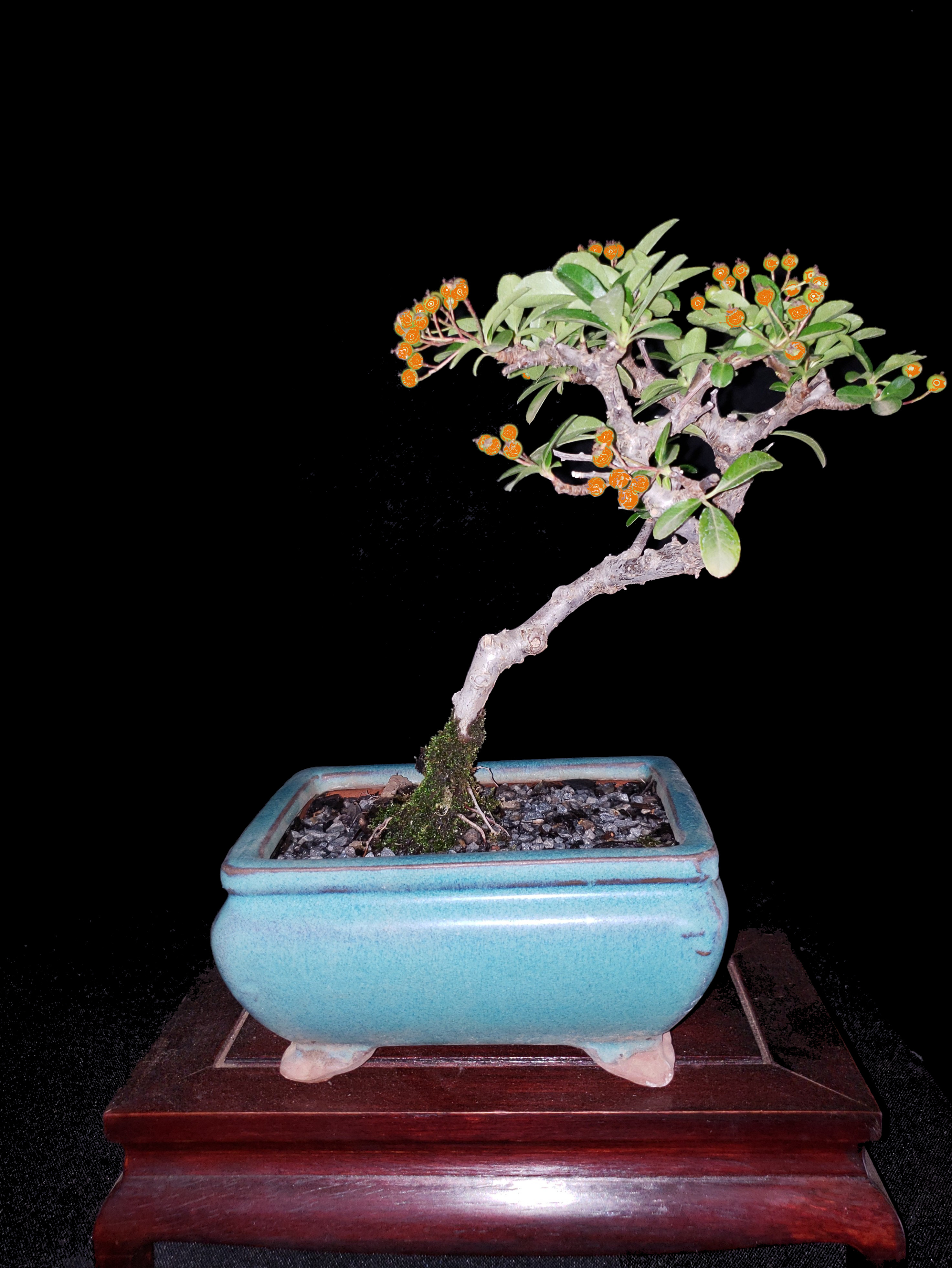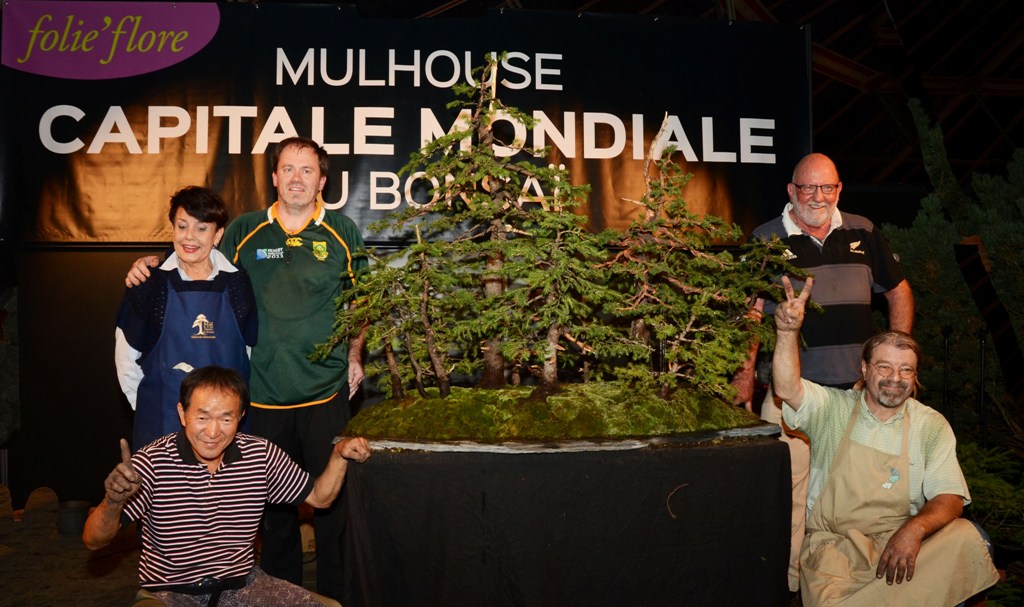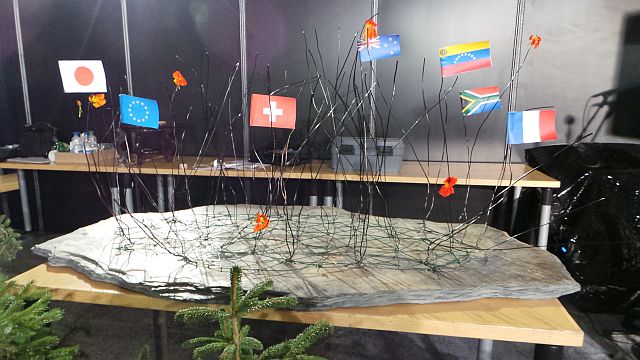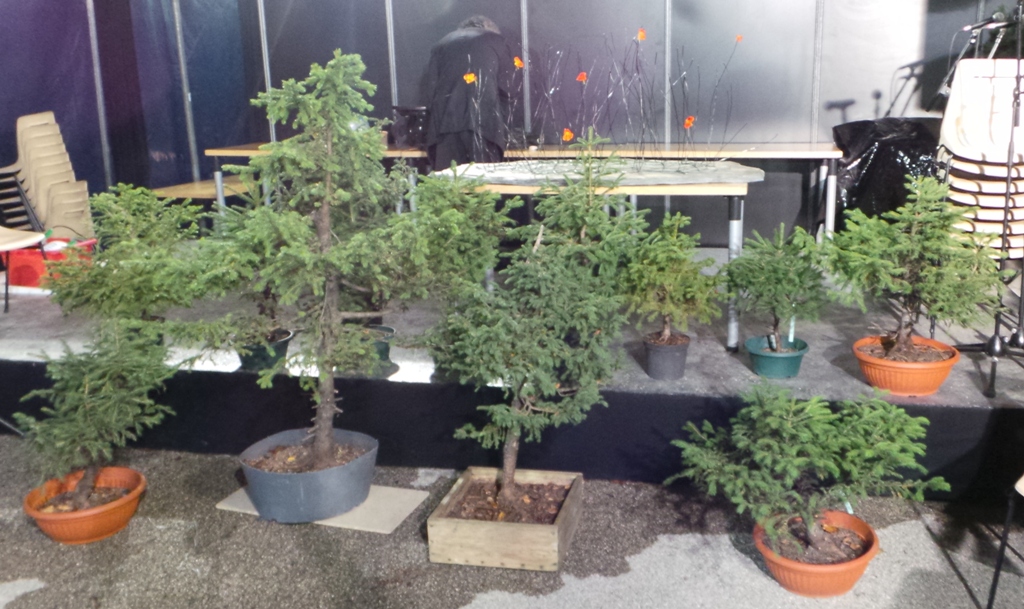UPCOMMING EVENTS / NOTICES
Our gate is closed for security. Please hoot at the gate to get our attention to open.
Mon - Fri 8am to 5pm
Sat 8am to 1pm
Sun Closed
NEXT BRAT MEETINGS

Firethorns on special @ R150ea
Often I hear that bonsai are difficult to keep alive. Bonsai is 80% horticultural principles and 20% artistic principles. So keeping you bonsai alive involves knowing how the species grows and whether it is endemic to your area. Trees that do not grow in your area are going to need extra attention and knowledge. The most important element remains to be water, followed by light.
The literal translation of the word "bonsai" is "bon" being a bowl and "sai" meaning "to plant". It can be interpreted as a planting in a bowl. The Chinese version "penjing" can be translated as "artistic pot plant", which is perhaps more descriptive of what bonsai is all about.
The Modern definition of Bonsai is more than just a small tree in a container, or pot. It is also more than just a miniaturised version of a tree as seen in nature. It is an artistic rendering of such a tree. However, while it can be regarded as a true art form a living sculpture, it can also be regarded as merely a hobby. Regarding it as a hobby, newcomers to bonsai culture are often satisfied to accept a very ordinary-looking tree in a pot, as a bonsai. However as the grower perseveres and progresses with bonsai, culture improves and a more critical judgement is taken on what comes a true bonsai. Therein lies the real joy of growing bonsai, the more you work at it - the better your efforts turn out.
Planting trees has always had a significant symbolic connitation. A bonsai has become a popular and practical way of gifting this symbol, throughout the world.
It is mooted that the origins may have started in The Hanging gardens of Babelyon in about 600 B.C.The ancient nomads (Ayurveda system of medicine) kept important trees, shrubs and herbs in containers, for mobility or the benefit of their medicinal properties being their leaves, roots and bark. By 400 AD the Ayurveda works were translated into Chinese and by 700 AD penjing was recorded in China among the nobles and priests in the form of miniature landscapes for religious purposes. Between the 7thand the 13th century this knowledge was taken from China to the Japanese via migrating Buddhists. The Japanese refined the art to what we understand it today. Bonsai was introduced in 1897 into the west, with Paris in France, holding an exhibition. It was not until the end of World War 2, when the returning veterans brought back knowledge and specimens of this art that bonsai stated gaining wide spread and commercial interest. In South Africa the first bonsai were displayed at the British Empire Exhibition in Johannesburg in 1933.
Exact sizes for each individual class varies from one authority to another; those below are taken from the 20th Grand View Bonsai Exhibition / Nippon Bonsai Taikan-ten.
MAME bonsai less than 7cm in height
SHOHIN bonsai up to 20cm in height
KIFU bonsai between 20 and 40cm in height
CHU bonsai between 40 and 60 cm in height
DAI bonsai over 60cm in height
Some consider true bonsai being over a meter, called Imperial Bonsai.



Being a tree, genetically, it grows best outdoors. The best location is in the garden under the shade of a tree or a shaded patio where it will receive the sunlight and not direct extended periods of the harsh afternoon sunshine. Some tree species prefer full sun while others, may prefer full shade with natural light. The majority can only be brought into the home for a week or so at a time - for display purpose - before being returned to their permanent home. Others may survive for months indoors, but essentially they are being starved of their natural growing light, ultra-violet, and slowly starving, by the glass refracting Ultra Violet light.
Building "The Forest of Peace"
Marking 100 years of the beginning of World War one. One artists from each continent - Mulhouse France
INTRODUCTION
Size
Placement
Bonsai Meaning
Origin of Bonsai
Keeping Bonsai Alive
We are a Bonsai Nursery, based in Midrand, Gauteng, South Africa. We import pots, tools and accessories directly, enabling us to give the lowest prices. We grow and style our own trees, species suitable to the High Veld environmental conditions. We supply and consult to bonsai clubs and growers, corporates, nurseries, weddings, promotional gift companies and individuals.



